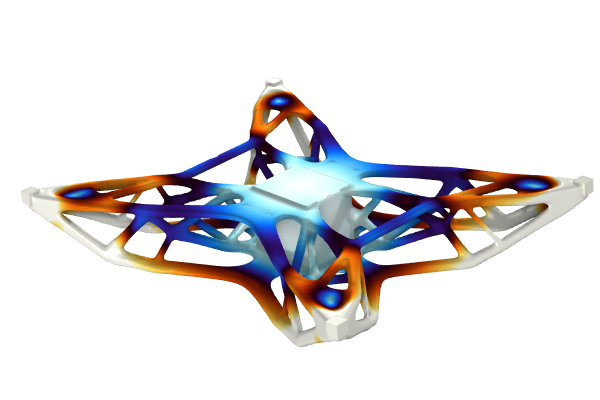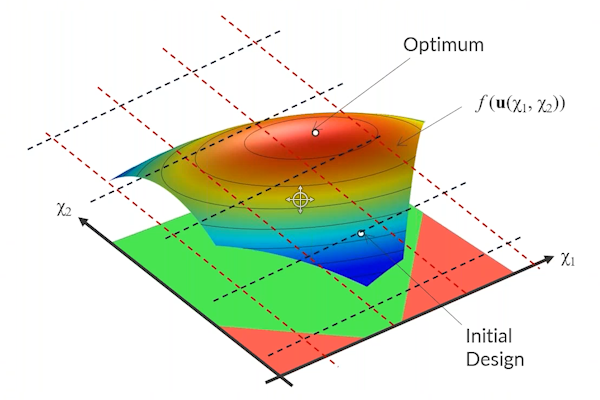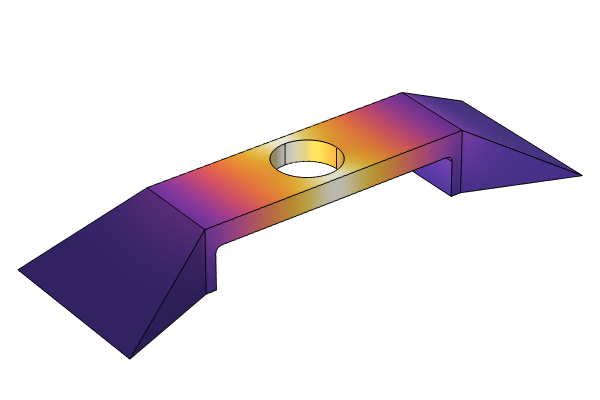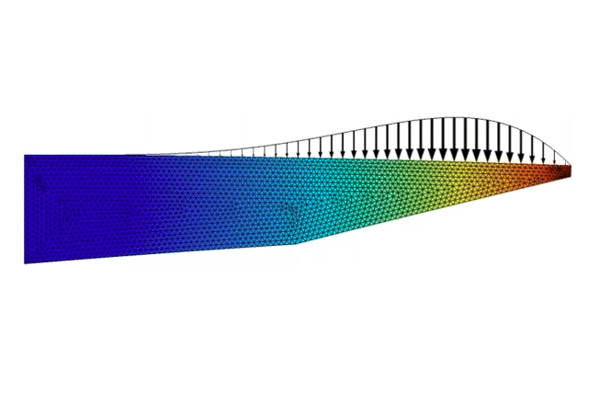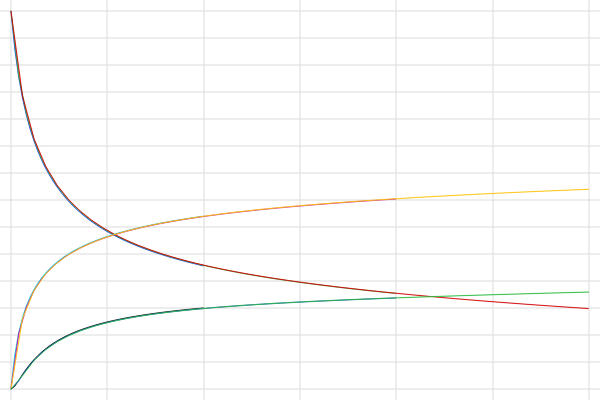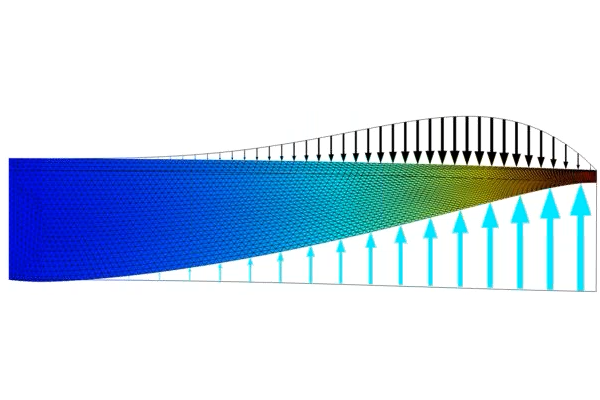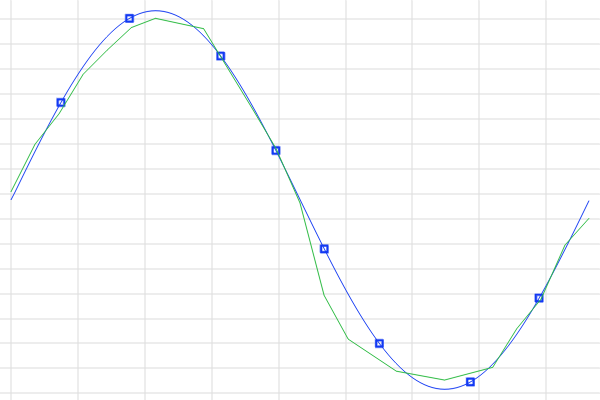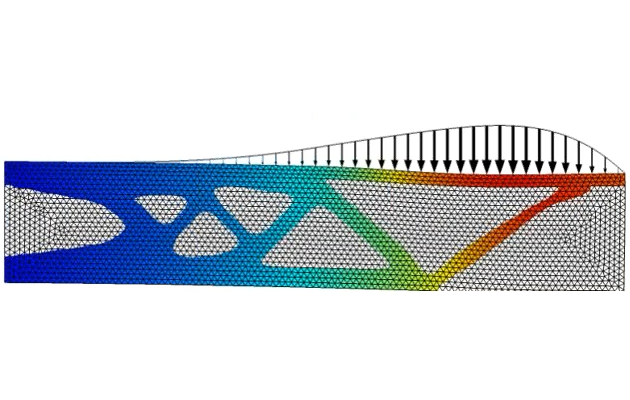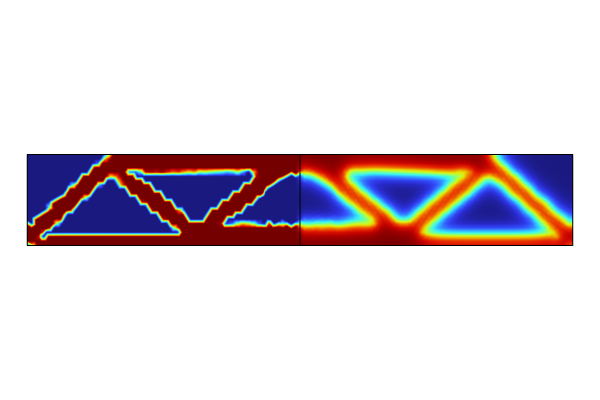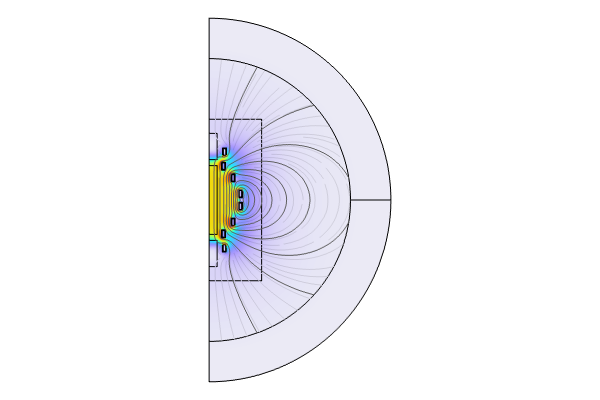Topology Optimization Applications and Comparing Optimization Techniques
In Part 10, the final part of our course on optimization, we discuss a wide range of topology optimization applications, highlighting tutorials of the following models:
- Tesla microvalve: The ratio between the hydraulic resistance for the two flow directions is maximized. This example is available in three versions: parameter, shape, and topology optimization. There are two versions of the topology optimization model: one with stationary flow and one with transient flow.
- Porous catalyst: The reaction rate is maximized.
- Magnetic circuit: The shape of a nonlinear iron yoke is optimized so that it maximizes its performance while minimizing the weight.
- Material distribution in a hook: The objective is to maximize stiffness subjected to a mass constraint. This model also demonstrates how to export an STL-file.
- Material distribution in a bracket: Similar to the hook model, the goal is to maximize stiffness while minimizing mass, but continuation is used to avoid bad local minima.
We also review the different types of optimization discussed throughout this course and compare them, from the differences in the levels of complexity to the kinds of results that can be generated. In addition, we touch upon the phases of the design process that each optimization is typically used in.
The course ends with an overview of some additional optimization tutorial model examples, including:
- Shape Optimization of Coils — utilizes the Transformation feature for optimizing the radial position of coils
- Optimal Control for Heating of a Rod — utilizes the Control Function feature, showing how to set it up to implement optimal control in a model
- Multistudy Optimization of a Bracket — shows how an optimization study that involves multiple study types is set up
- The model uses the results from a frequency-domain analysis and static analysis within a single optimization study.
Further Learning
Along with exploring any of the tutorial models listed here, we recommend reading our "How to Use Topology Optimization Results as Model Geometries" blog post.
Envoyer des commentaires sur cette page ou contacter le support ici.

